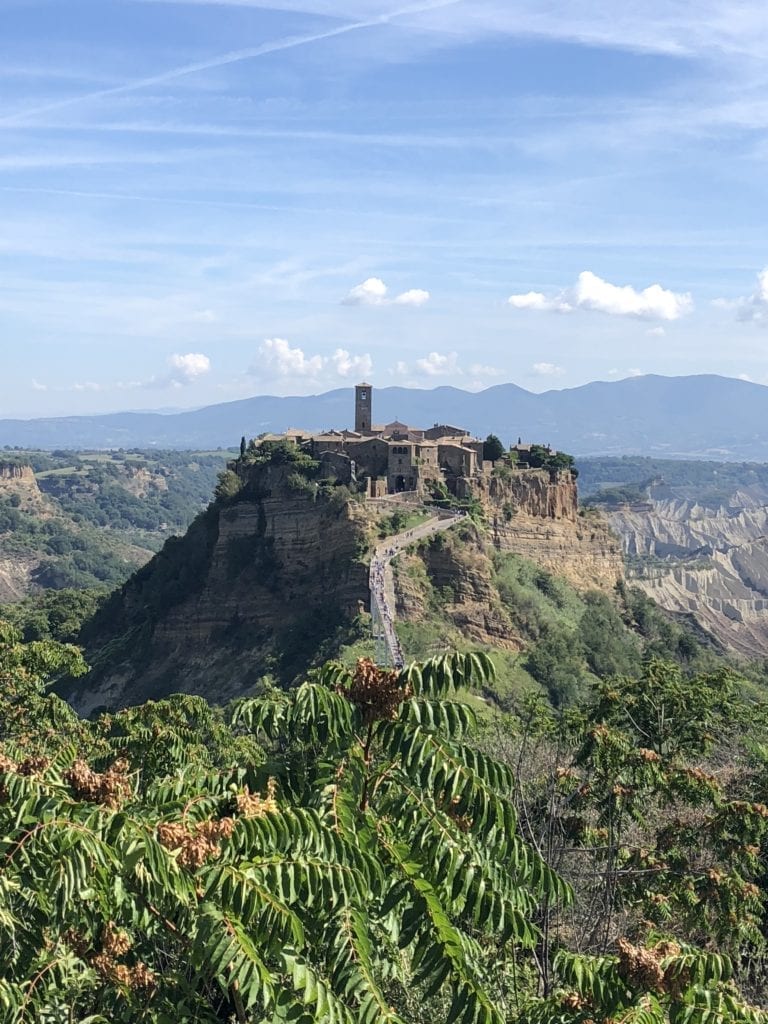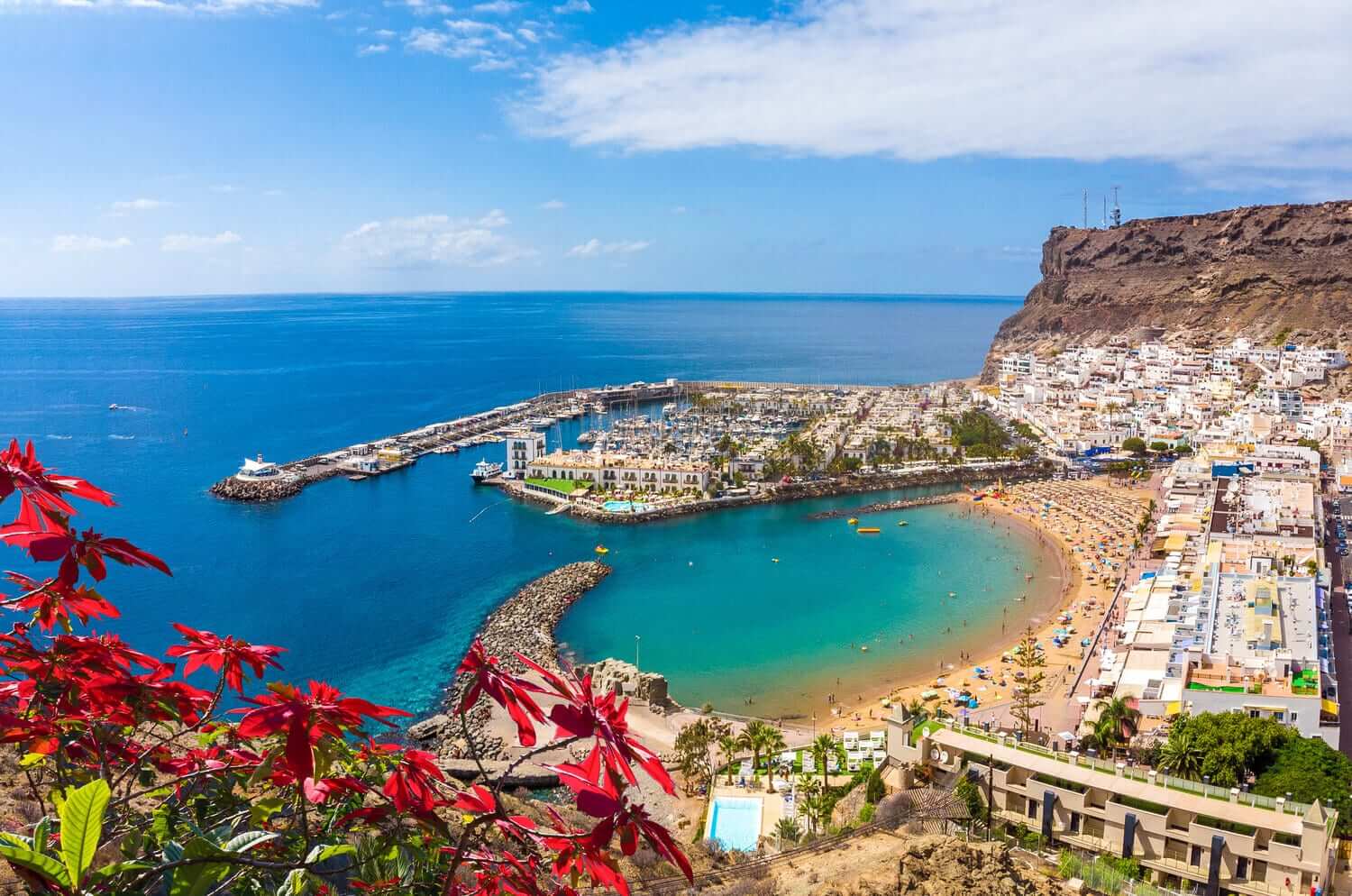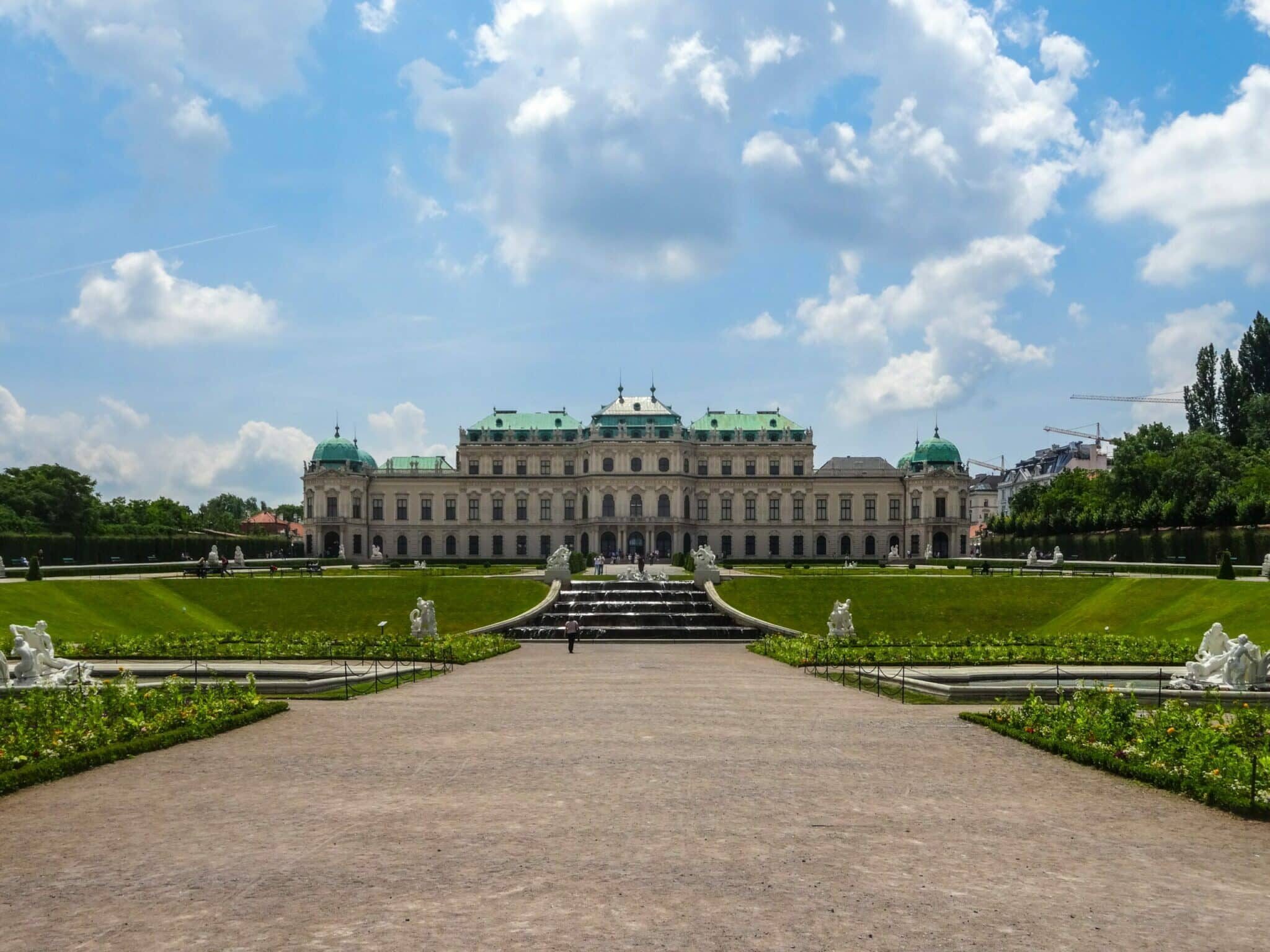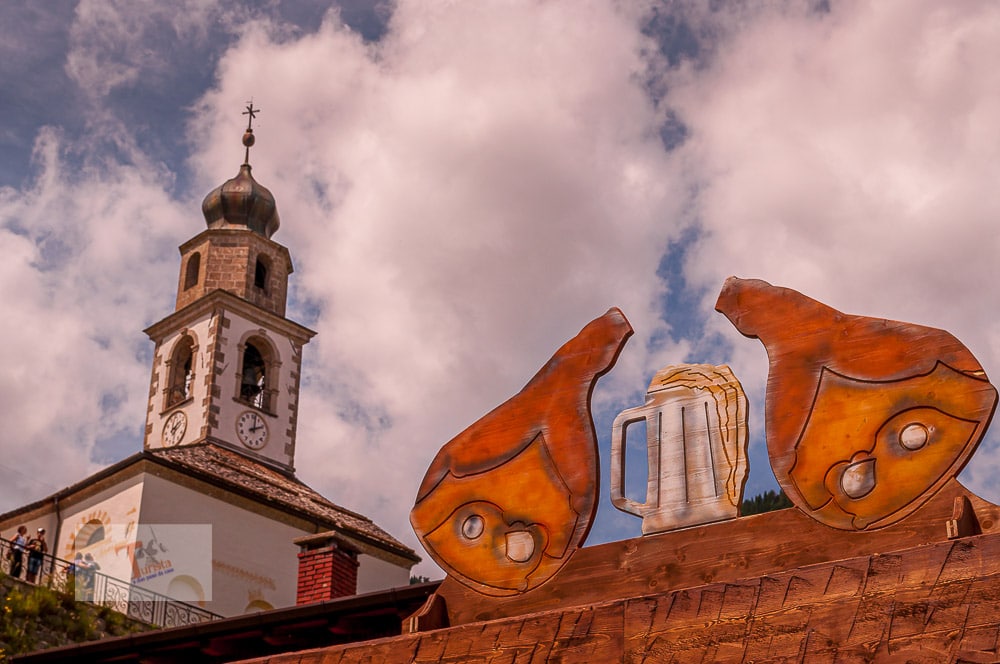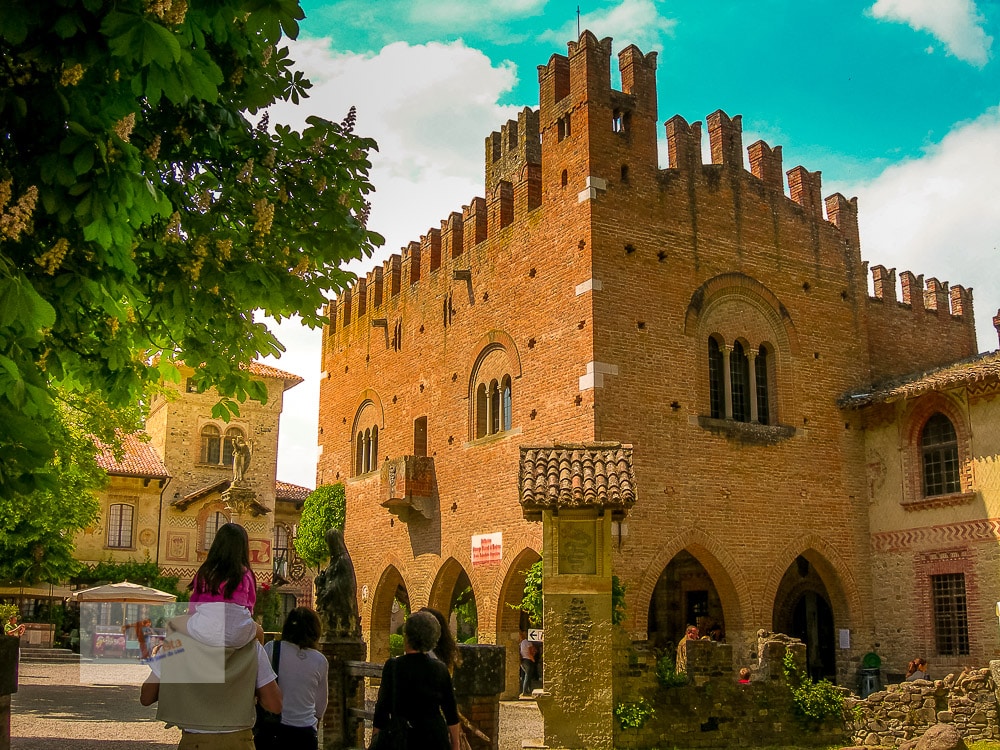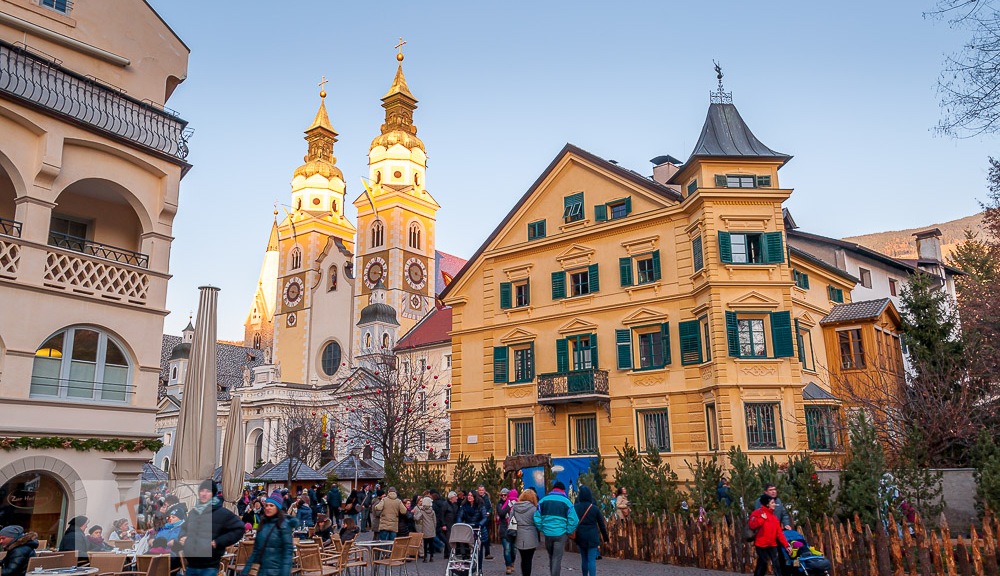The evocative village of Civita di Bagnoregio, in Vierbo, is unfortunately marked by an inexorable destiny. The slow crumbling of the cliff on which it stands and the continuous erosion of the valley that surrounds it due to atmospheric agents, earthquakes and two streams, threaten the existence of the tiny village where, as the essayist Bonaventura Tecchi wrote: “tutto quel che è rimasto – un ciuffo di case e di mura in rovina, nere sul tufo, erette come sul vuoto – respira ormai l’atmosfera della fine”
(“All that remained – a clump of ruined houses and walls, black on the tuff, erected as if on a void – now breathes the atmosphere of the end”) 💀.
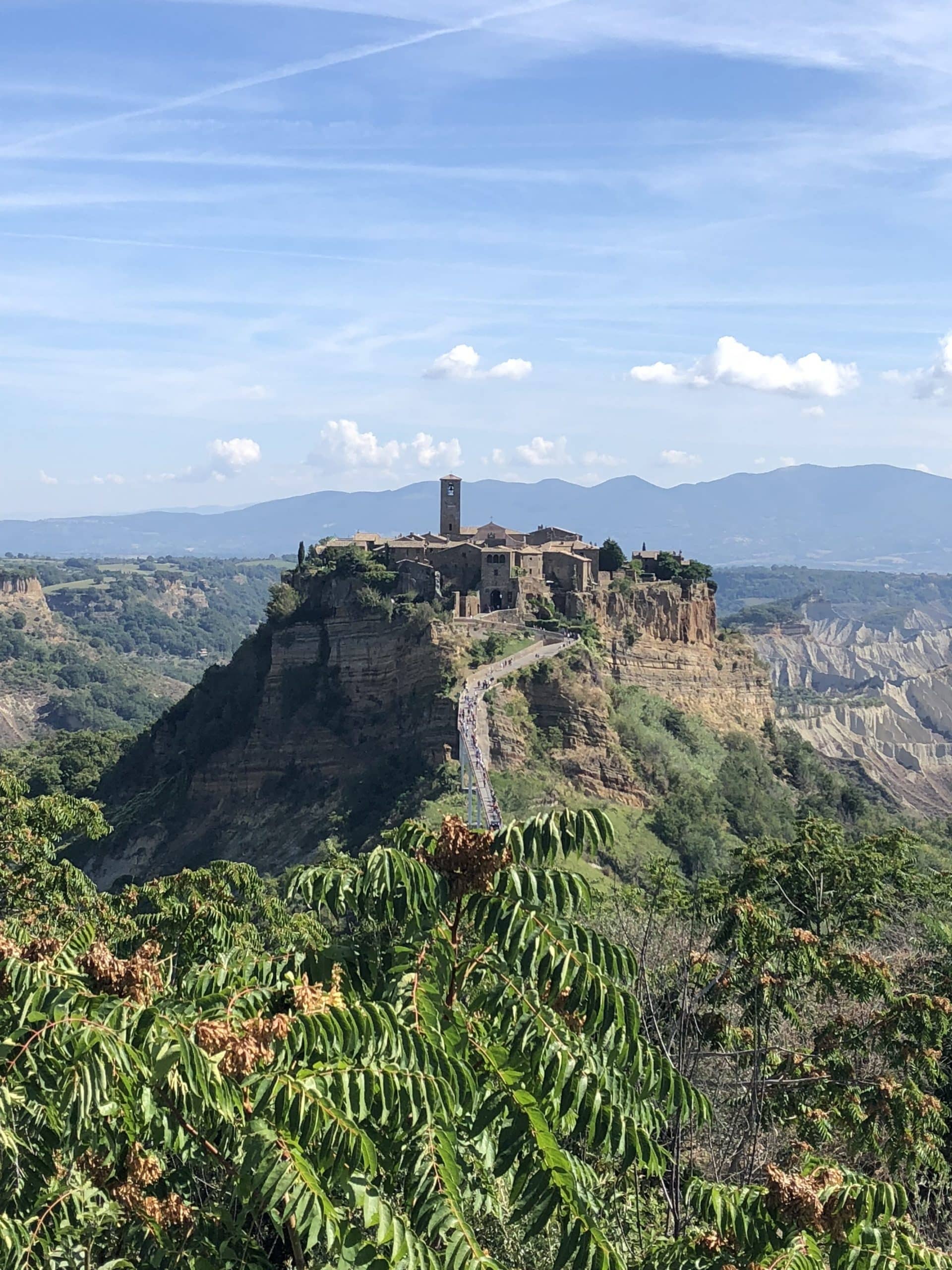
Civita di Bagnoregio, also known as “the dying city” 💀, is a place of unique beauty. Joined to the mainland only by a narrow pedestrian avenue of 300 meters, the town rises like an island in the middle of the badlands, offering visitors a scenario of unusual charm, almost surreal. To try to preserve it, an entrance ticket to the town has been introduced, the proceeds of which will be used for conservation work (€ 3 during the week, € 5 at the weekend). Etruscan and Roman evidence, medieval portals, and Renaissance friezes mark the ancient face door of Balneum Regis – from the legend that the spa in the area was used by the Lombard king Desiderius to treat a serious illness – which later became Bagnorea, and finally Bagnoregio.
Inside the semi-uninhabited village, you can breathe a quiet and relaxed atmosphere. Walking through its surviving streets you find yourself surrounded by the typical medieval houses with external stairways and flowered balconies, not infrequently occupied by artisan shops and by some beautiful noble palaces. The Romanesque bell tower of the church of San Donato in the square of the same name dominates what remains of the ancient town ⛪.
Let’s start discovering it!
When you reach the top, after crossing the bridge, you have time to catch your breath and you can already admire the beauty of the door of Santa Marias 🚪, or Porta della Cava, excavated in the tuff. This is the only possible access to the village. The door is adorned with two stone lions that claw two human heads, symbol of the victory of the people of Civita over the hated Monaldeschi, lords of Orvieto 🦁.
Small and silent, the Piazza di San Donato in Civita appears like a vision when you emerge from one of the alleys of the town. One would hardly expect to find such a large space in such a small country. The peculiarity of the square is the absence of the central flooring: instead, there is a mixture of red earth, which gives the square a truly medieval appearance. The Church of San Donato overlooks the square, built on the remains of a pagan temple. The medieval church has a Renaissance façade, which is flanked by the 12th century bell tower. In the base, there are incorporated two Etruscan sarcophagi in stone. The interior with three naves houses a wooden Crucifix from the 15th century considered miraculous (it is said that during the plague of 1499, the Crucifix spoke to a woman reassuring her about the imminent end of the pestilence), a fresco from the school of Perugino, reliquaries and sacred furnishings.
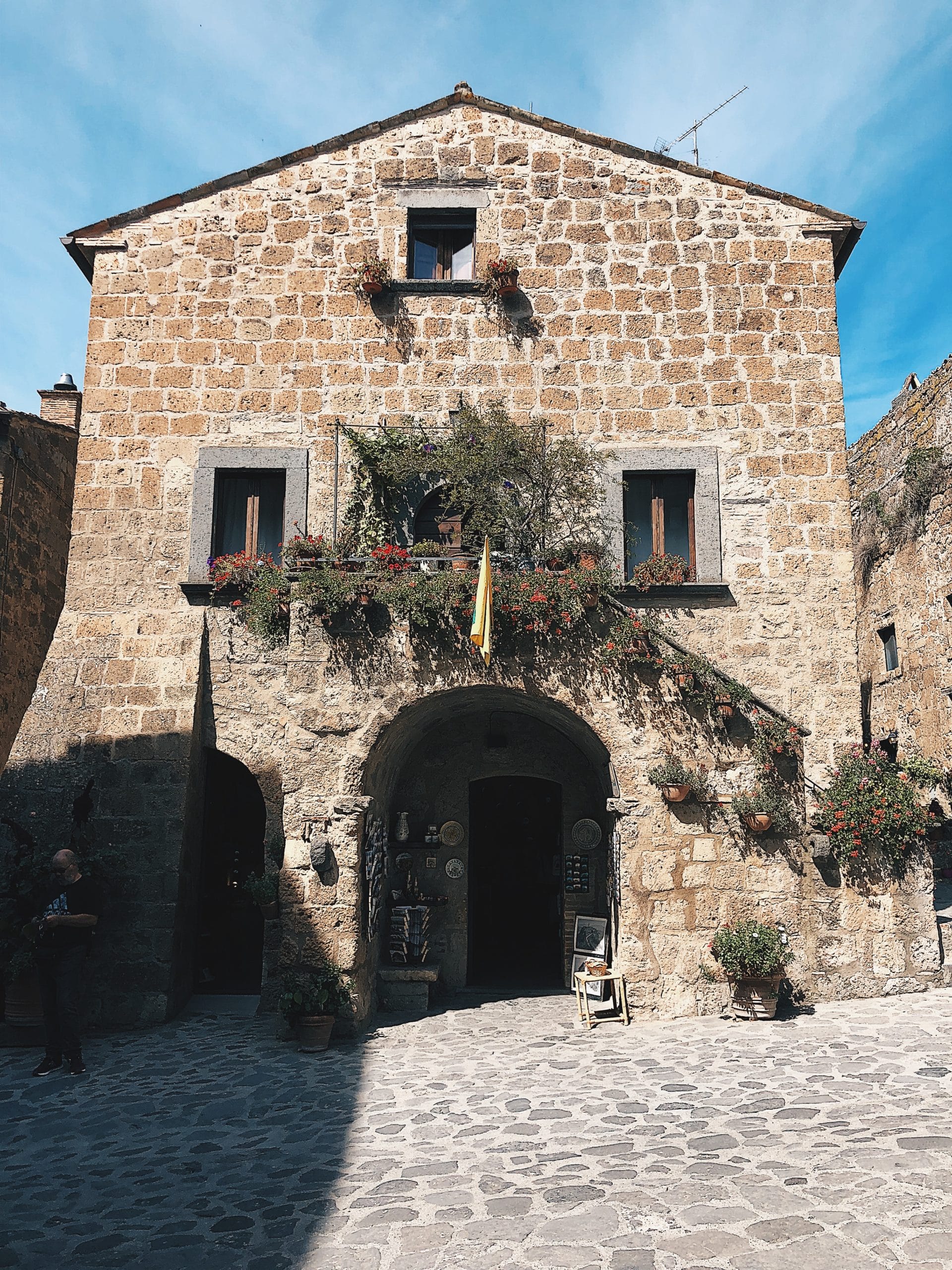
The low houses, the flowered balconies, the external stairways that go up towards the small doors make all the houses in the village beautiful. There are some buildings, however, that emerge: they are the Renaissance palaces of the Colesanti, the Bocca, and the Alemanni 🏯. The latter houses a small but interesting Geological and Landslide Museum. It allows you to find out what is happening to the cliff of Civita and, therefore, why it is considered the “dying country“.
In the eastern area of the Belvedere there is the cave of San Bonaventura, an ancient Etruscan tomb used in the Middle Ages as a hermitage by hermits. The cave takes its name from San Bonaventura di Bagnoregio, considered one of the most important biographers of St. Francis of Assisi. Tradition has it that in this cave the little Saint Bonaventure was miraculously healed of a fatal disease through the intercession of Saint Francis. Thus it was that the miraculous man chose to consecrate his life to God by entering the Franciscan Order taking the name of Bonaventure, in memory of the words that St. Francis said to him after his recovery: bona ventura.
At the end of the main road in the village there is a lookout that offers a magnificent view of the gullies or “bridges”, huge walls that have formed naturally over the course of millennia. The base of the gullies is made of clay of marine origin while the upper part of volcanic and tuffaceous material 🌋. The continuous action of the wind and water slowly eroded the clay base, creating spectacular gullies.
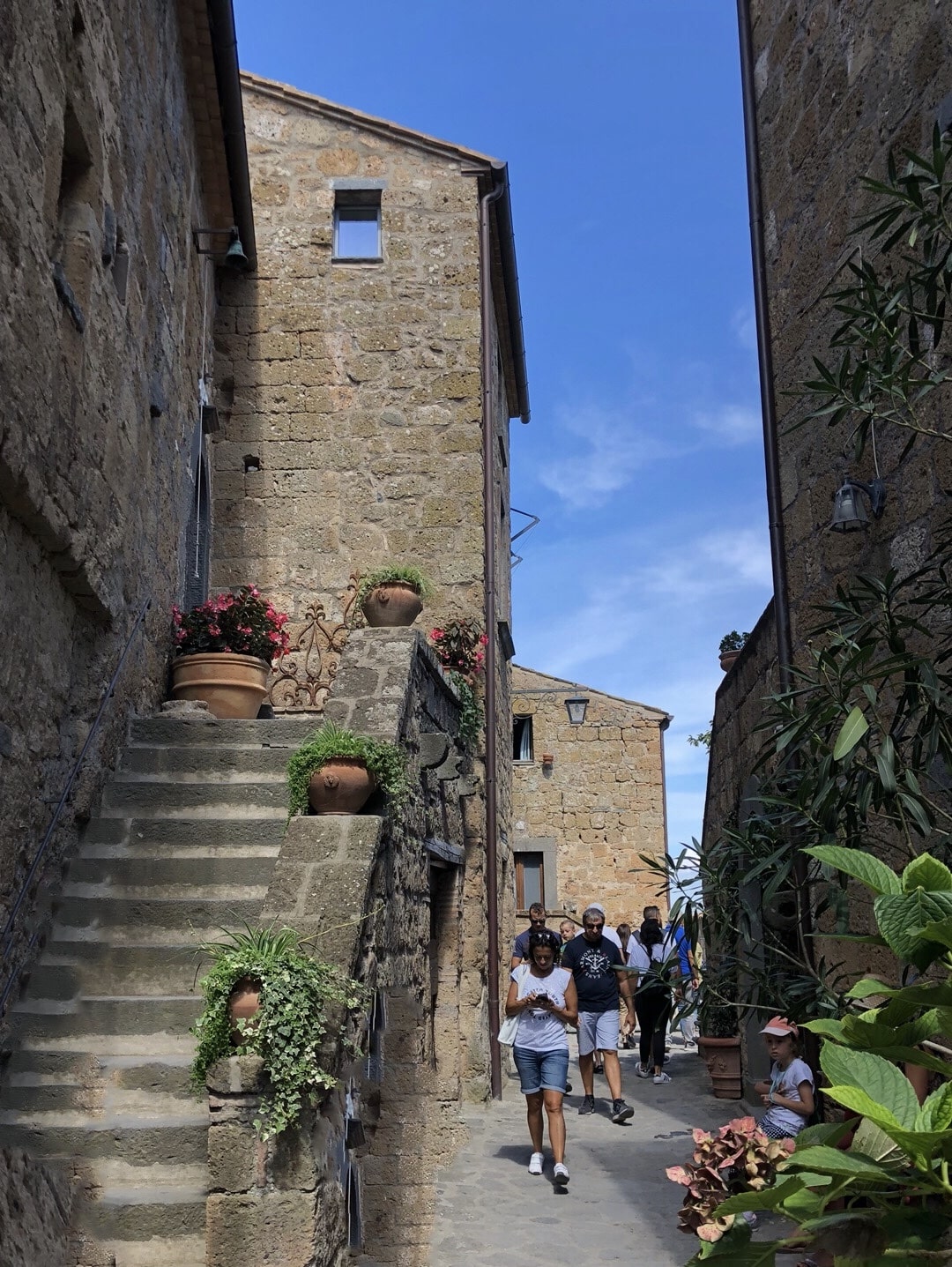
Events 🎉
The first Sunday of June and the second Sunday of September on the occasion, respectively, of the celebrations of the Madonna Liberatrice and of the SS. Crucifix, the ancient Palio della Tonna takes place in the square of San Donato. It is a race of donkeys ridden by jockeys who have to run around a circular track on the square. The winner of the Tonna receives the Palio as a prize, or the banner depicting the patron saint of the event.
In the Christmas period 🎄 up to the Epiphany, the village is transformed into a Living Nativity scene thanks to over fifty costumed figures, sounds, lights and an organization studied in detail by the Standing Committee on Good Friday Procession.

